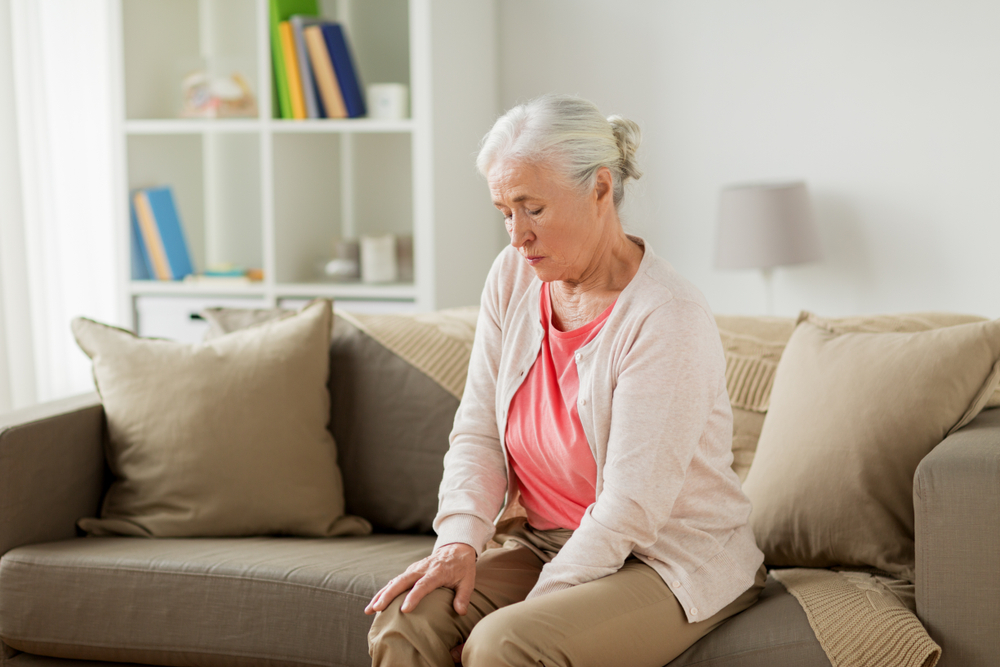Comprehensive Natural and Medical Strategies for Managing Arthritis
Discover comprehensive strategies for managing arthritis through natural remedies, lifestyle changes, and medical treatments. Learn how water exercises, weight management, and mind-body practices like Tai Chi and yoga can improve joint health, along with effective home therapies like heat and cold. Understand the importance of professional diagnosis and tailored therapies to reduce pain and enhance mobility. This guide offers practical tips for a holistic approach to arthritis care, helping individuals live healthier, pain-free lives with improved joint function and overall well-being.

Comprehensive Natural and Medical Strategies for Effectively Managing Arthritis
Arthritis, a collective term for over a hundred different joint disorders, presents a wide spectrum of challenges and treatment pathways. The most prevalent forms are rheumatoid arthritis and osteoarthritis, each with distinct causes, symptoms, and management approaches. While conventional medicine offers a range of treatments, adopting natural remedies and lifestyle modifications can considerably improve quality of life for those affected. Below, we explore a detailed overview of effective strategies to manage arthritis, blending modern medical insights with tried-and-true home remedies.
Engage in Water-based Exercises for Joint Support
One of the most accessible and beneficial physical activities for arthritis management is water-based exercise. Exercising in water helps individuals of all ages, especially those dealing with joint discomfort or mobility issues. Water's buoyancy reduces the weight that joints must support, providing a gentle environment for movement that minimizes pain. Resistance from water also helps strengthen muscles around affected joints, which can improve stability and function over time. Regularly practicing swimming, water aerobics, or simple water walking can ease stiffness, enhance flexibility, and promote overall joint health.
In addition to providing support and reducing impact, water exercises stimulate circulation, which can aid in reducing swelling and accelerating healing processes. This makes water activities highly suitable for those with chronic joint pain, inflammation, or post-injury recovery. Integrating water exercise into your weekly routine can be a natural, enjoyable way to maintain joint flexibility and strength without exacerbating symptoms.
Maintain a Healthy Weight to Alleviate Joint Strain
Excess body weight places additional stress on weight-bearing joints, primarily the knees, hips, and lower back. According to the Arthritis Foundation, every extra pound adds about three pounds of pressure to the knees and up to six pounds to the hips. This increased load accelerates cartilage deterioration, intensifies pain, and hampers mobility. Therefore, weight management becomes a crucial component of arthritis treatment.
Adopting a balanced diet, reducing calorie intake, and engaging in regular physical activity can aid in weight reduction. Nutrient-dense foods such as fresh fruits, vegetables, lean proteins, and whole grains support overall health and joint integrity. Coupled with consistent exercise, maintaining a healthy weight can significantly decrease arthritis symptoms and prevent further joint degradation.
Practice Tai Chi and Yoga to Improve Flexibility and Strength
Mind-body exercises like Tai Chi and yoga offer low-impact, holistic approaches to managing arthritis. Tai Chi, a traditional Chinese martial art characterized by slow, flowing movements, enhances joint flexibility, balance, and muscular strength. Its gentle nature makes it suitable for arthritis sufferers, providing mental relaxation alongside physical benefits.
Similarly, yoga incorporates stretching, strength-building poses, and breathing techniques that can reduce stiffness, increase range of motion, and improve mental health. Regular practice helps alleviate joint pain and enhances overall well-being. It is advisable to work with experienced instructors to adapt routines to individual limitations and needs.
Utilize Hot and Cold Therapies to Soothe Joints
Heat and cold therapies are simple yet effective home treatment options for arthritis symptom relief. Applying heat—such as warm packs or hot showers—helps relax tense muscles, improve blood flow, and reduce joint stiffness. Cold therapy, like ice packs, can diminish inflammation, numb pain, and decrease swelling. Alternating between these therapies can offer targeted relief depending on the nature and severity of symptoms. Always use appropriate temperatures to prevent burns or tissue damage and avoid prolonged exposure to extreme heat or cold.
Additional home remedies that can support arthritis management include mindfulness meditation to reduce pain perception and mental stress, increased intake of omega-3 fatty acids from sources like fish oil or flaxseeds to combat inflammation, and ensuring sufficient vitamin D levels through safe sunlight exposure or supplements. These practices contribute to overall joint health and promote a balanced, healthful lifestyle.
Seek Medical and Therapeutic Interventions When Necessary
While lifestyle changes and home remedies can significantly ease arthritis symptoms, professional medical evaluation remains essential. Proper diagnosis by a healthcare provider enables tailored treatment plans that may include medications such as anti-inflammatory drugs, analgesics, or disease-modifying antirheumatic drugs (DMARDs) in cases of rheumatoid arthritis. Physiotherapy plays a vital role in restoring joint function and strength, often involving targeted exercises and manual therapy.
In advanced or severe cases, surgical options such as joint replacement or repair may be indicated. Ongoing medical supervision ensures that treatment approaches are adjusted according to disease progression and response to therapy. Combining medical management with natural remedies and lifestyle modifications offers the most comprehensive approach to arthritis care.
In conclusion, managing arthritis requires a multifaceted approach that includes physical activity suited to individual capabilities, weight management, natural therapies, and medical interventions. Emphasizing consistency and early intervention can help reduce pain, improve mobility, and enhance overall quality of life for those living with arthritis. Empowered with knowledge and proactive habits, individuals can effectively take control of their joint health and enjoy a more active, comfortable life.





